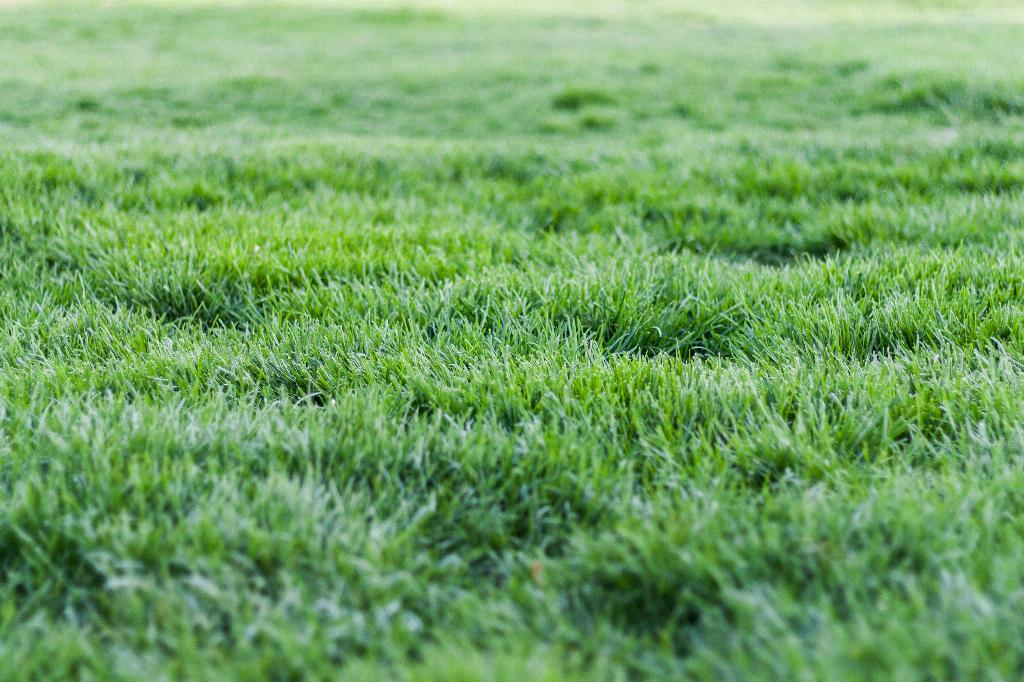Maintaining a healthy lawn involves regular care and attention to ensure lush green grass. One crucial aspect of lawn care that is often overlooked is dethatching. Thatch is a layer of dead grass, roots, and debris that accumulates between the soil and the green grass blades. If not removed, thatch can prevent water, air, and nutrients from reaching the roots, leading to an unhealthy and patchy lawn. In this guide, we will walk you through the process of dethatching your lawn to promote optimal growth and health.
1. Assess the Need for Dethatching
Before diving into the dethatching process, it is essential to determine whether your lawn requires dethatching. Signs of excessive thatch buildup include a spongy feel when walking on the grass, poor water absorption, and stunted grass growth. If you notice these symptoms, it may be time to dethatch your lawn.
2. Choose the Right Time
Spring and fall are the best seasons to dethatch your lawn. Avoid dethatching during the summer when the grass is stressed from heat, as it may cause more harm than good. The cooler temperatures and moist soil in spring and fall provide the ideal conditions for dethatching.
3. Gather the Necessary Tools
For dethatching, you will need a specialized dethatching rake or a power dethatcher. A dethatching rake works similar to a regular rake but is designed to penetrate the thatch layer and lift it from the soil. If you have a larger lawn, a power dethatcher may be more efficient.
4. Mow the Lawn
Before dethatching, mow your lawn to a shorter height than usual. This will make it easier for the dethatcher to reach the thatch layer and remove it effectively. Avoid scalping the lawn, as cutting the grass too short can stress the turf.
5. Start Dethatching
Begin dethatching by running the dethatching rake or power dethatcher over the lawn in a systematic pattern. Dig the tines into the thatch layer and pull them upward to lift and loosen the debris. You should feel and see the thatch separating from the soil as you work.
6. Repeat if Necessary
If your lawn has a significant thatch buildup, you may need to dethatch multiple times to remove it completely. Be patient and thorough in your dethatching process to ensure optimal results.
7. Collect and Dispose of the Thatch
As you dethatch, gather the loosened debris and thatch from the lawn. You can use a rake or a leaf blower to collect the thatch and dispose of it properly. Removing the thatch will prevent it from reentering the lawn and impeding growth.
8. Water and Fertilize
After dethatching your lawn, water it thoroughly to help the grass recover from the process. You can also apply a balanced fertilizer to promote new growth and strengthen the turf. Proper hydration and nutrients will aid in the recovery and rejuvenation of your lawn.
9. Monitor and Maintain
Keep an eye on your lawn post-dethatching to ensure that it is recovering well. Monitor the growth and overall health of the grass, and make any necessary adjustments to your lawn care routine. Regular maintenance, including mowing and watering, will help maintain a healthy lawn.
10. Consider Overseeding
If your lawn is sparse or has bare patches after dethatching, consider overseeding to promote new grass growth. Choose a high-quality grass seed that is suited to your region and climate, and follow proper overseeding practices for best results.
11. Enjoy a Healthy, Vibrant Lawn
With proper dethatching and care, your lawn will thrive and flourish, showcasing a lush, green carpet of grass. Regular maintenance, including dethatching as needed, will keep your lawn healthy and vibrant for years to come.
12. Conclusion
Dethatching your lawn is a crucial step in maintaining a healthy and vibrant outdoor space. By following the steps outlined in this guide, you can effectively remove thatch buildup and promote optimal growth for your grass. Remember to assess the need for dethatching, choose the right time, gather the necessary tools, and monitor your lawn post-dethatching to ensure continued health and beauty.

